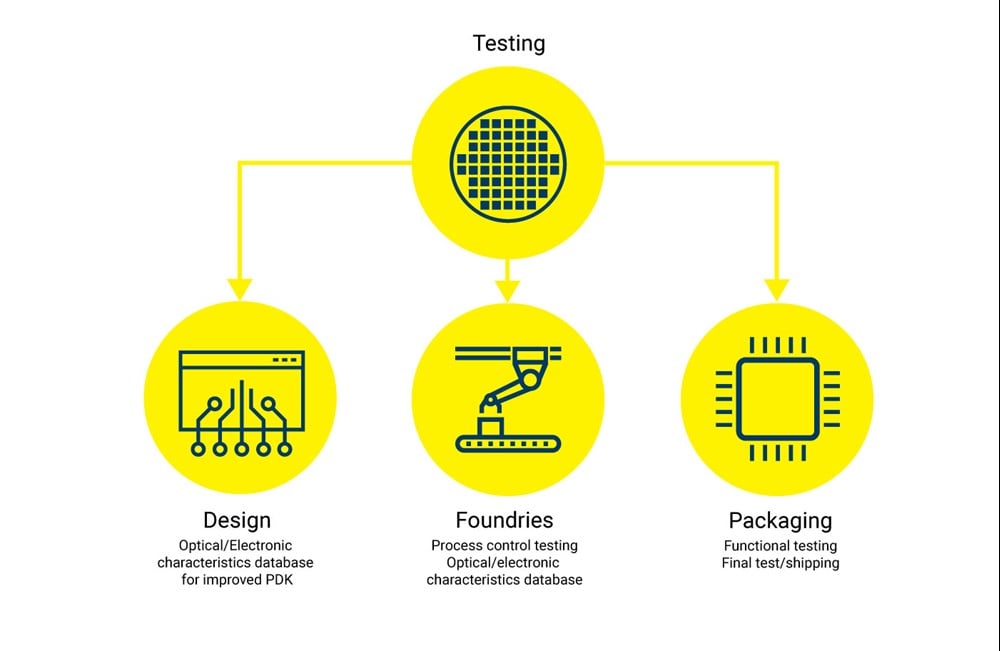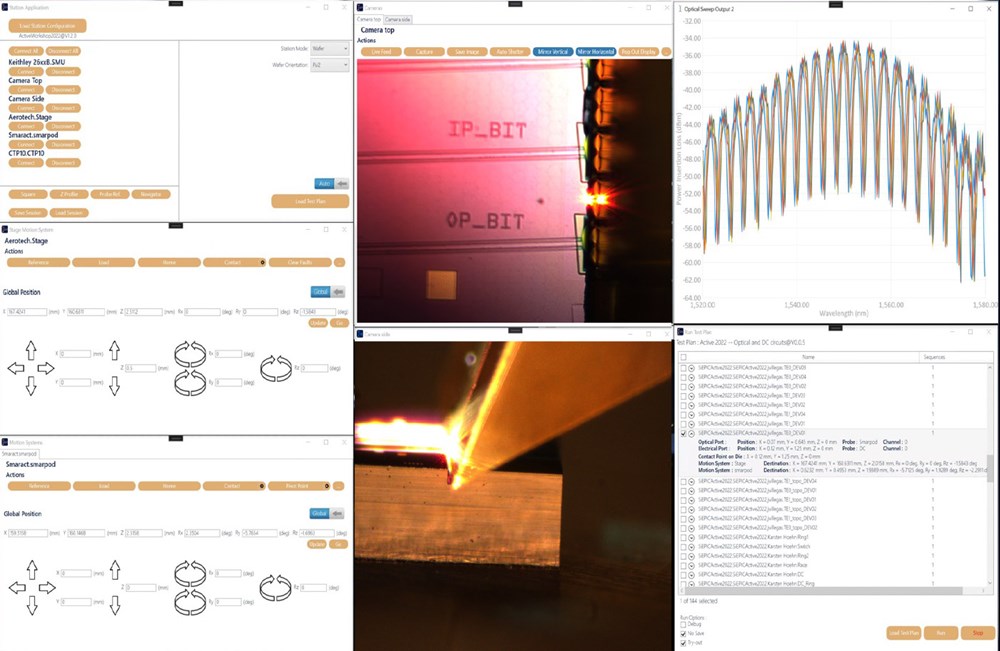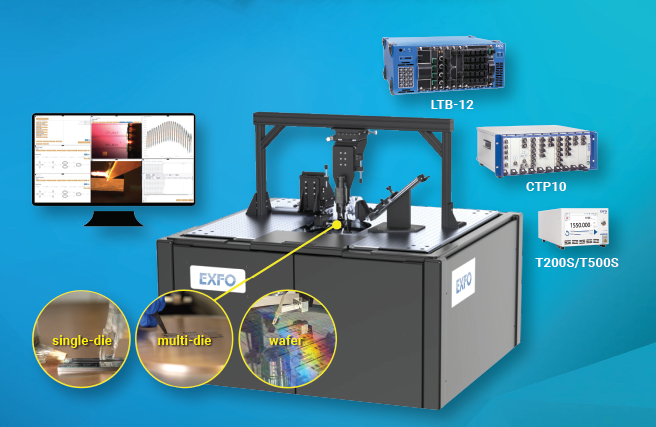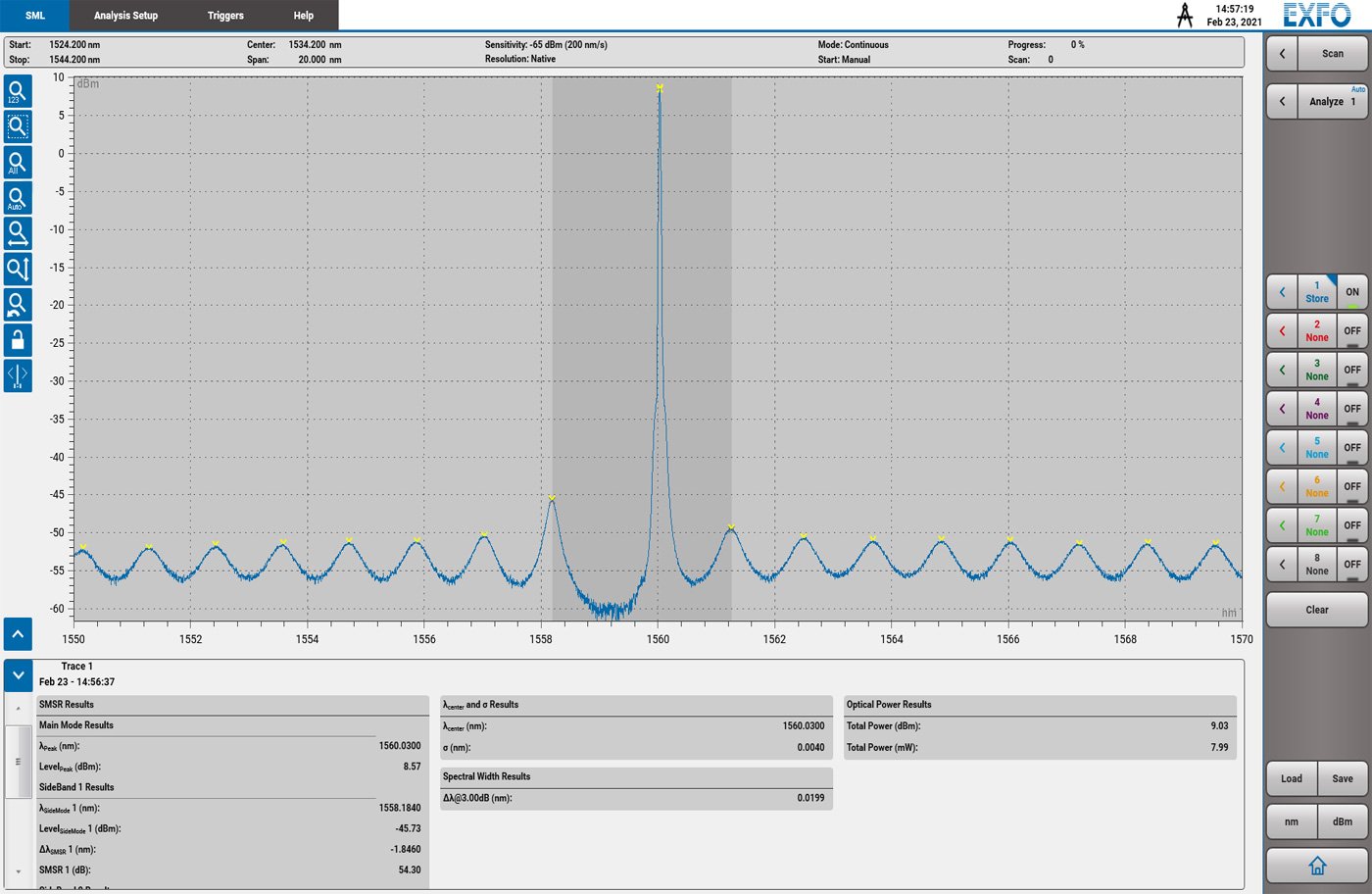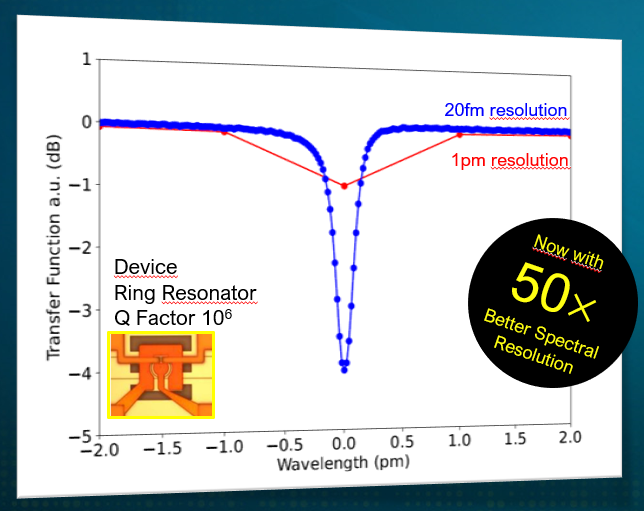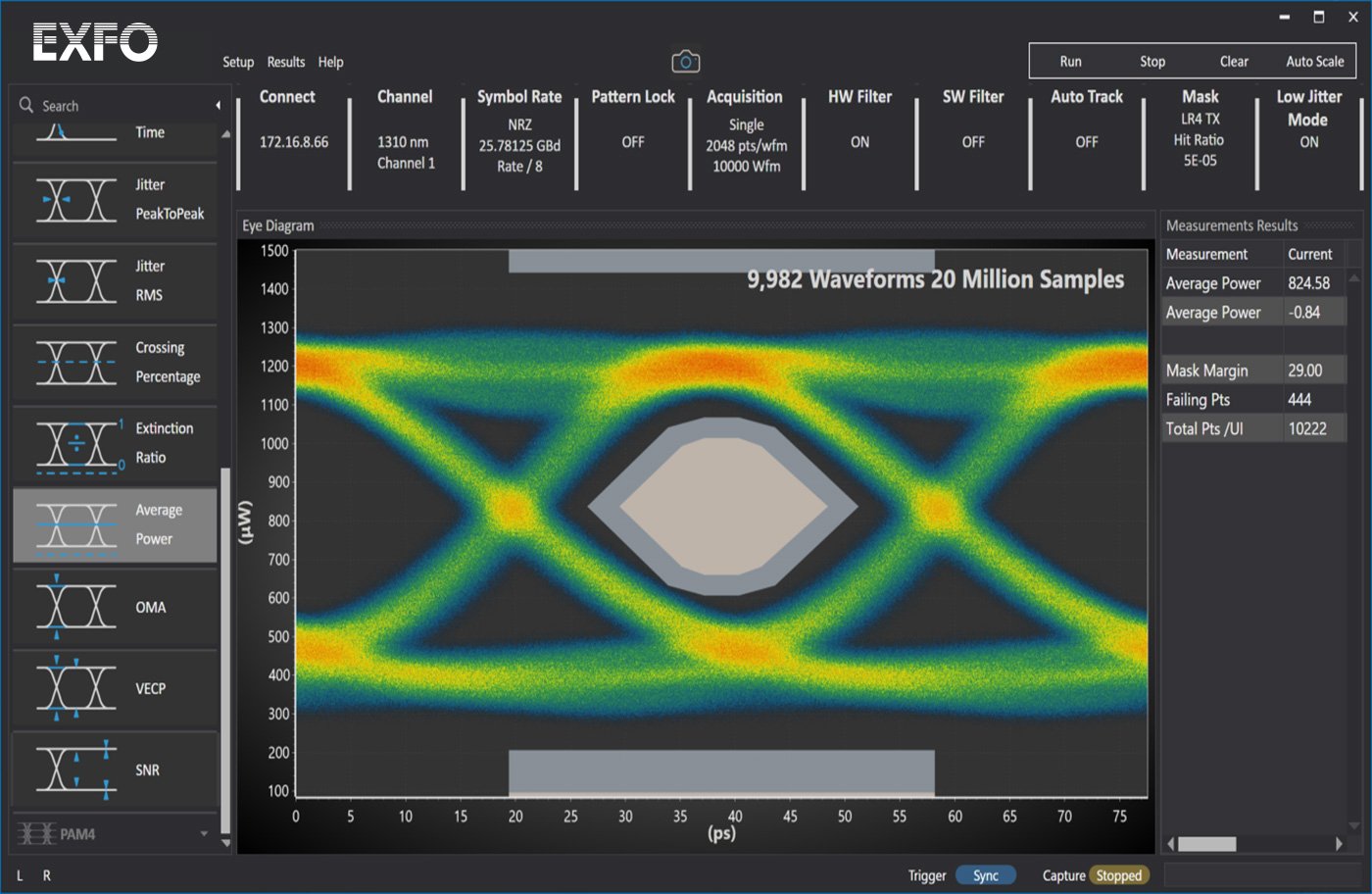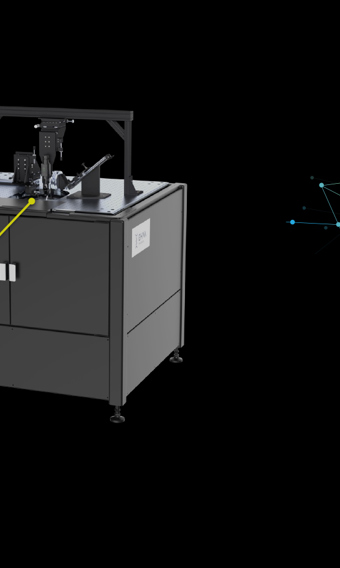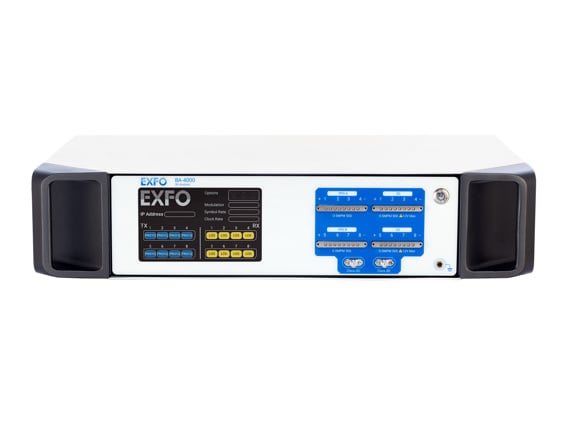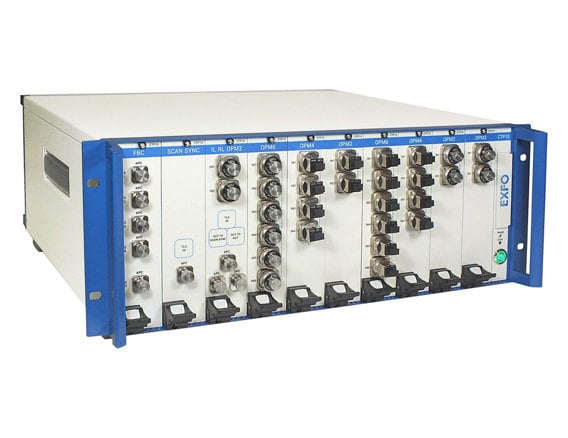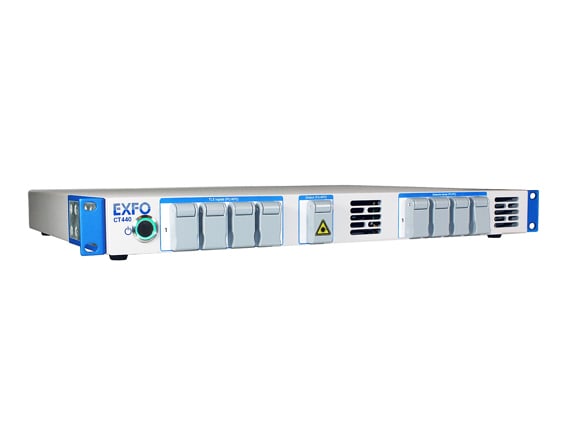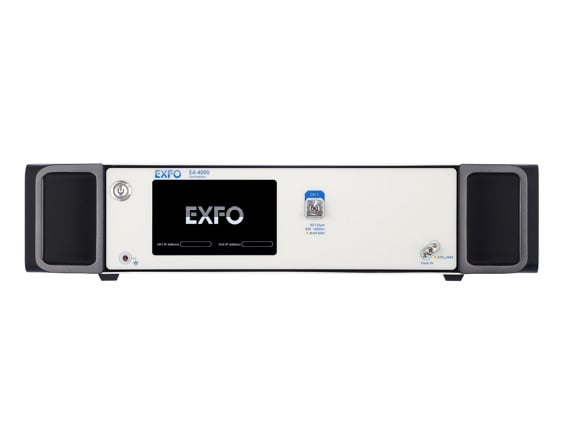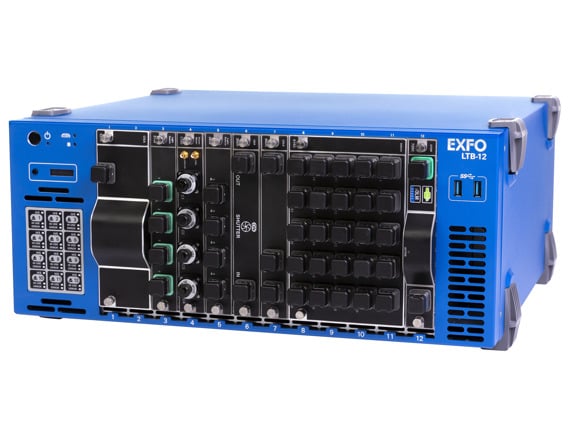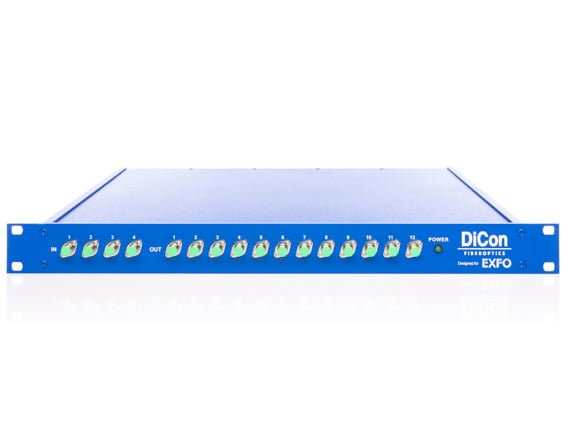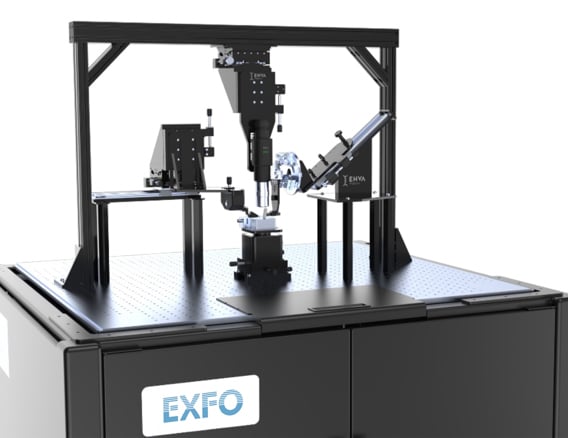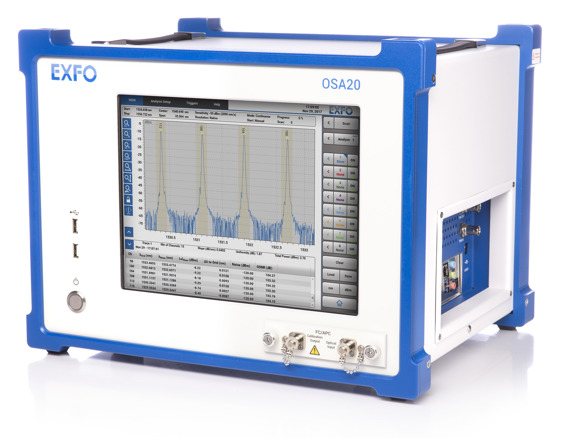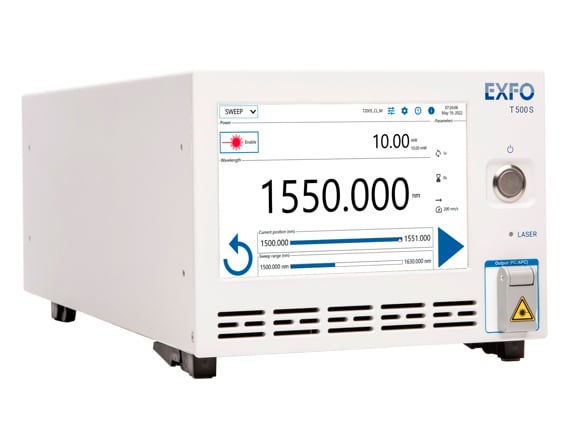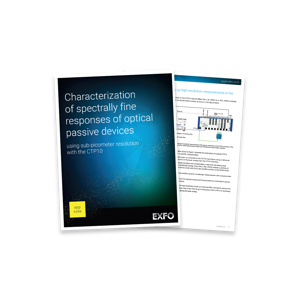Resources
All resources
Promotional videos
Accelerating photonics lab to fab with Aerotech, EHVA and EXFO - English
(May 18, 2023)
Promotional videos
Automated wafer-level testing of photonic integrated circuits - English
(May 18, 2023)
Flyers and pamphlets
Testing photonics and optical components for manufacturing, design and research challenges - English
(June 20, 2023)
Flyers and pamphlets
Testing photonics and optical components for manufacturing, design and research challenges - 中文
(June 20, 2023)
Flyers and pamphlets
Testing photonics and optical components for manufacturing, design and research challenges - 日本語
(June 20, 2023)
Promotional videos
Comprehensive testing of integrated photonics from lab to fab - English
(September 11, 2023)
Promotional videos
Discover EXFO's comprehensive PIC testing solution - English
(May 18, 2023)
Brochures and catalogs
Optical testing solutions for manufacturing and R&D - English
(October 27, 2023)
Brochures and catalogs
Optical testing solutions for manufacturing and R&D - 中文
(October 27, 2023)
Brochures and catalogs
Optical testing solutions for manufacturing and R&D - 日本語
(October 27, 2023)
Flyers and pamphlets
High-power continuously tunable laser series - English
(March 14, 2023)
Flyers and pamphlets
High-power continuously tunable laser series - Français
(March 14, 2023)
Flyers and pamphlets
High-power continuously tunable laser series - 中文
(March 14, 2023)
Flyers and pamphlets
High-power continuously tunable laser series - 日本語
(March 14, 2023)
Flyers and pamphlets
Leading-edge transmission testing up to 800G - English
(October 26, 2021)
Flyers and pamphlets
Leading-edge transmission testing up to 800G - 中文
(October 26, 2021)
Flyers and pamphlets
Leading-edge transmission testing up to 800G - 日本語
(October 26, 2021)
Spec sheet
OPAL-EC – Edge-coupling wafer-level test station - English
(November 23, 2023)
Spec sheet
OPAL-EC – Edge-coupling wafer-level test station - 中文
(November 23, 2023)
Spec sheet
OPAL-EC – Edge-coupling wafer-level test station - 日本語
(November 23, 2023)
Spec sheet
OPAL-EC – Edge-coupling wafer-level test station - Français
(November 23, 2023)
Spec sheet
OPAL-SD - single-die testing - English
(July 04, 2023)
Spec sheet
OPAL-SD - single-die testing - Français
(July 04, 2023)
Spec sheet
OPAL-SD - single-die testing - 中文
(July 04, 2023)




